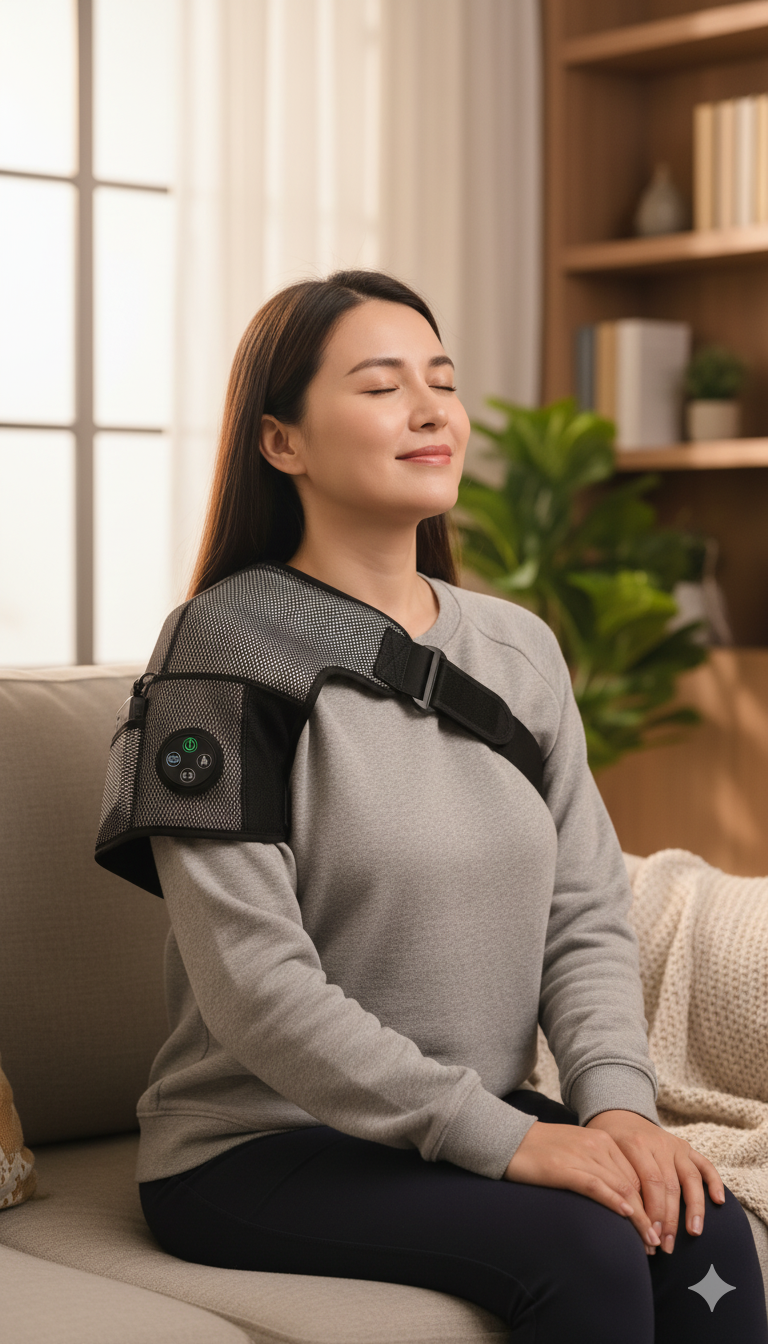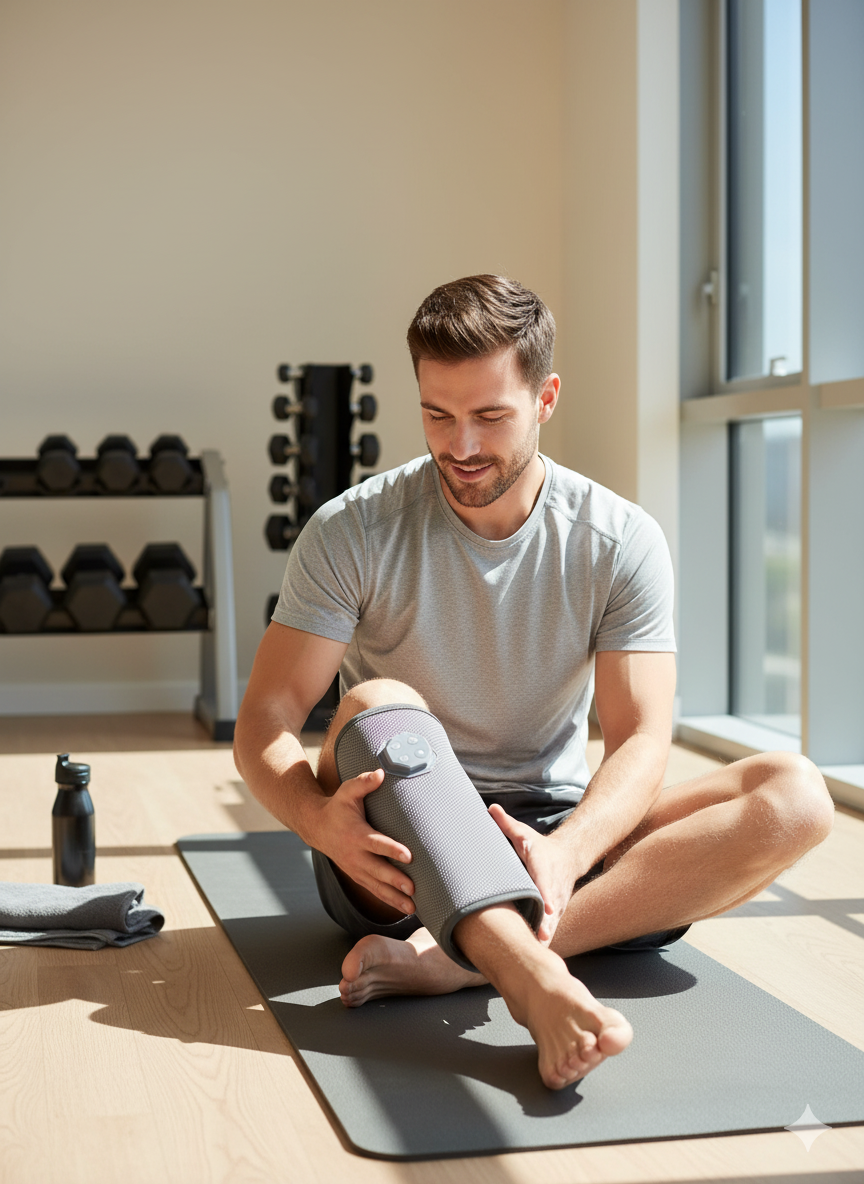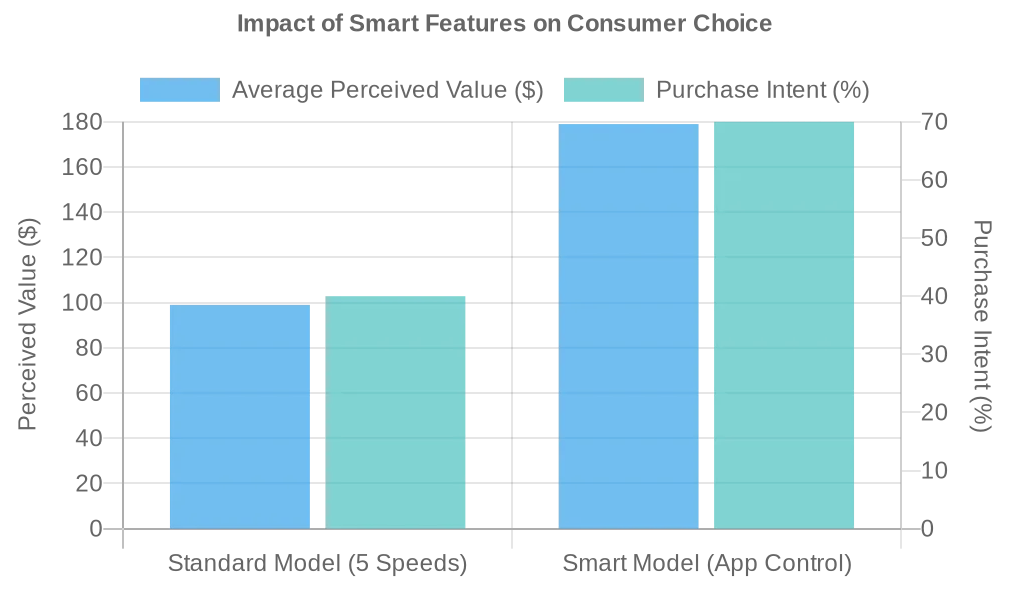Massager Speeds & Modes: A B2B Sourcing Guide to Firmware Meta Description:
- By Grace
- Updated on
I see this happen every single week. A client, let's call him Jeff, is looking at a competitor's new massage gun that boasts "20 speeds and 10 modes." The immediate reaction is panic. The assumption is that you need to match them feature-for-feature, or you'll get left behind. In my experience, this is the fastest way to overengineer a product that confuses customers.
Here’s the truth: our sales data from top-selling models shows that over 80% of users stick to just 3 core speed settings. More features don't always add value; often, they just add noise. The real goal is to create a user experience that feels intuitive and effective, powered by smart private label massager firmware.
So let's forget the feature-stuffing arms race. Let's build a smarter product. I'll give you the exact framework we use to define a strategy for massager speeds and modes that balances powerful functionality with elegant simplicity.
How Many Speeds Are Actually Useful?
You’re trying to create a product that works for everyone, from someone with sensitive muscles to a serious athlete. The fear is that too few speeds will feel limiting, while too many will just be overwhelming. This is where a data-driven strategy is essential.
I'll never forget what a retail buyer for a huge department store told me. A simple 3-speed model they carried consistently outsold a complex 10-speed competitor. His theory? The sales staff could demonstrate its value in 15 seconds, and customers "got it" instantly. No confusion, no friction.

The sweet spot for the vast majority of users is between 3 and 5 speed settings. This range provides a clear, meaningful progression of intensity without causing "analysis paralysis." So, how many speeds should a massager have? The key is not the number of steps but the purpose behind them. We define these levels by Percussions Per Minute (PPM). A well-structured 3-speed system offers a clear choice: a gentle speed for warming up, a medium speed for general relief, and a high speed for deep-tissue work. A 5-speed system just adds two intermediate steps for finer control—a great feature for a mid-to-premium product. Anything beyond five levels, and the difference between level 14 and 15 becomes virtually unnoticeable.
Our Optimal Speed Setting Framework
We recommend this tiered approach for building out your product line. It ensures every model has logical, user-friendly massage gun speed settings that match its market position.

How Can Massage Modes Create a Brand Identity?
"This is our proprietary 'Wave' mode. No other massager has it."
Now that's a powerful sales pitch. In a crowded market, most massage guns are interchangeable. They have the same look, specs, and basic functions. You need a way to stand out without a massive R&D investment.
A fitness brand we worked with wanted to launch a massager specifically for post-workout recovery. We helped them develop unique custom massage modes, including a "Wave" mode that smoothly oscillates between low and high intensity. They built their entire marketing campaign around this proprietary feature, and it became their key differentiator.

This is where pre-programmed massage modes are a game-changer. While hardware changes are expensive, firmware customization is a surprisingly low-cost way to create a memorable user experience. Instead of a single, steady speed, modes introduce rhythm and variability. This isn't a gimmick; it can provide real therapeutic benefits by mimicking different massage techniques. For a modest, one-time fee, we can create firmware that is exclusive to your brand. It's one of the most effective, high-ROI ways to create a product that feels unique and thoughtfully designed.
Popular Modes That Actually Work
What are the best massage modes? These are consistently popular because they offer clear benefits that are easy to market. We can use them as a starting point for your own custom firmware.

When Do Smart Features and Custom Apps Make Sense?
So you're considering a "Pro" or "Smart" model and want to offer a next-level experience that can justify a significant price jump. Is the added complexity of Bluetooth and an app worth the investment?
The founder of a high-end spa chain wanted to offer guided, therapist-designed recovery routines to their guests. We developed a Bluetooth-enabled massager with massager app control, allowing them to push exclusive wellness programs. They told me this feature transformed the massager from a simple amenity into a core part of their premium service.

Integrating Bluetooth and a companion app is a big step up, and these smart massager features should be reserved for your flagship product. An app allows for a level of customization that's impossible with buttons alone: unlimited custom modes, guided routines for specific ailments, and usage tracking. For our most advanced partners, we can even build in Over-The-Air (OTA) firmware updates. This allows you to push new features and massage modes to your customers' devices long after the sale, providing ongoing value and keeping your product on the cutting edge.
The right firmware strategy isn't about having the longest feature list; it's about making smart, deliberate choices. A simple 3-speed setting is perfect for an entry-level product. Adding a few custom massage modes creates a compelling mid-tier offering. And for the premium market, a fully-featured app creates an unbeatable user experience.
If you're ready to move beyond generic specs and design a product with firmware that truly sells, let's schedule a call. We can walk you through the options and help you define the perfect feature set for your brand.




